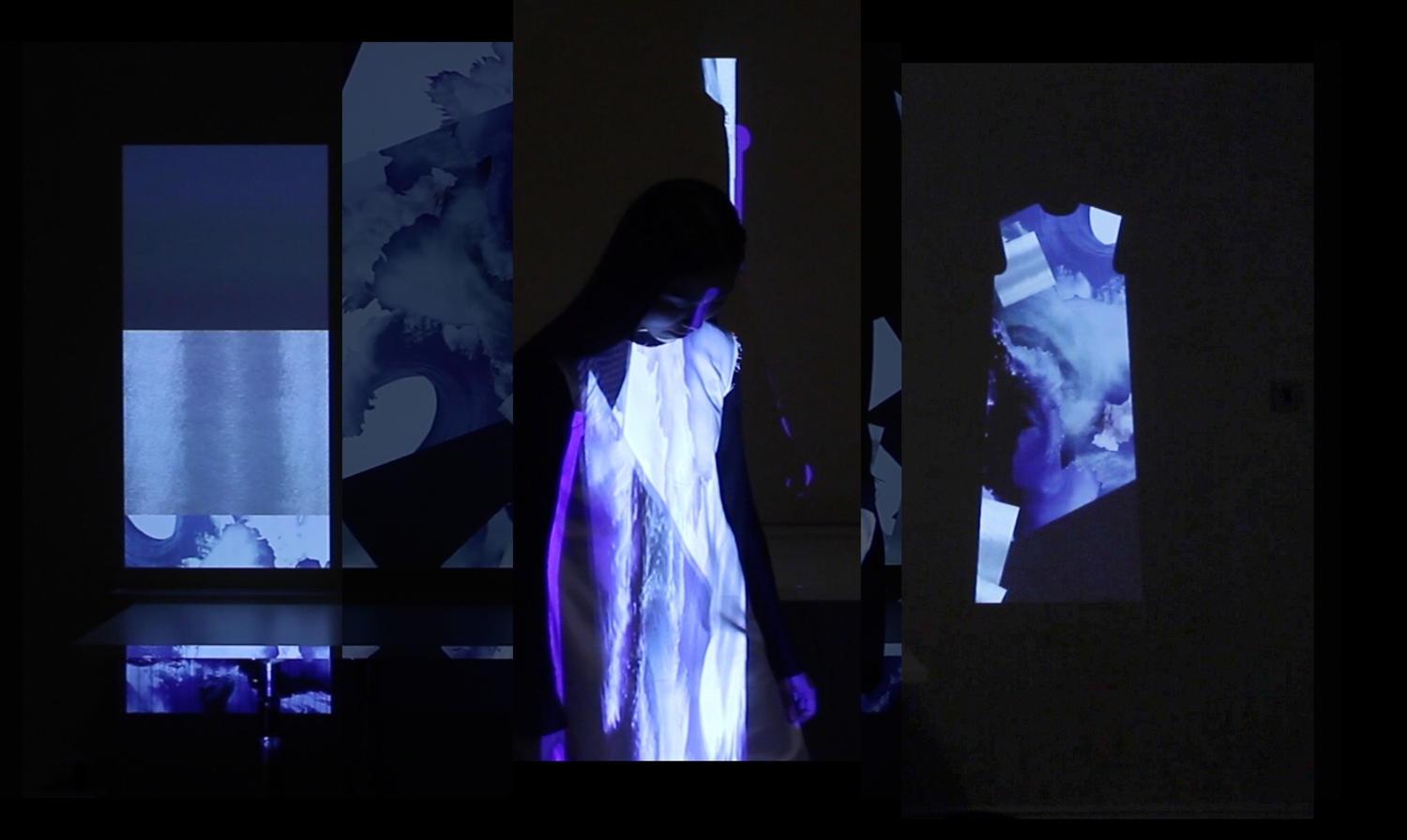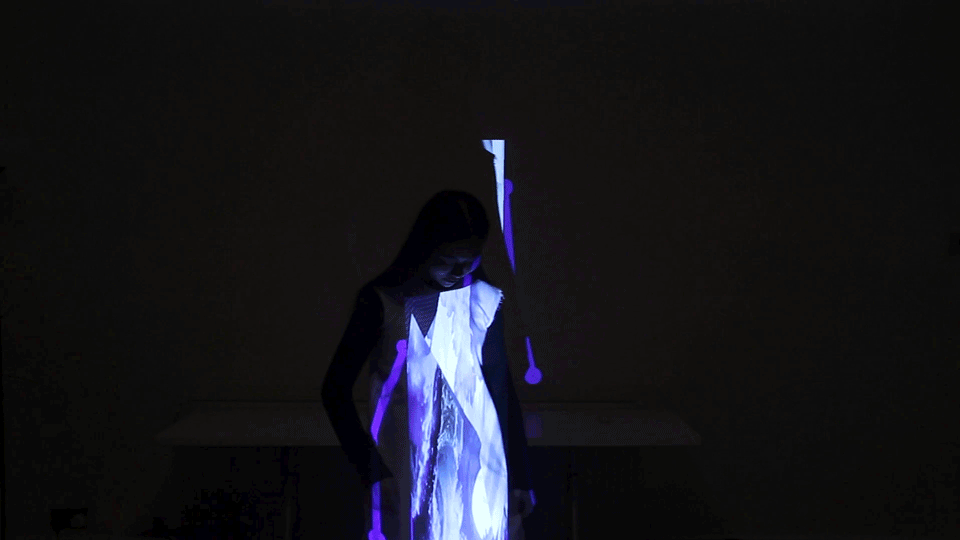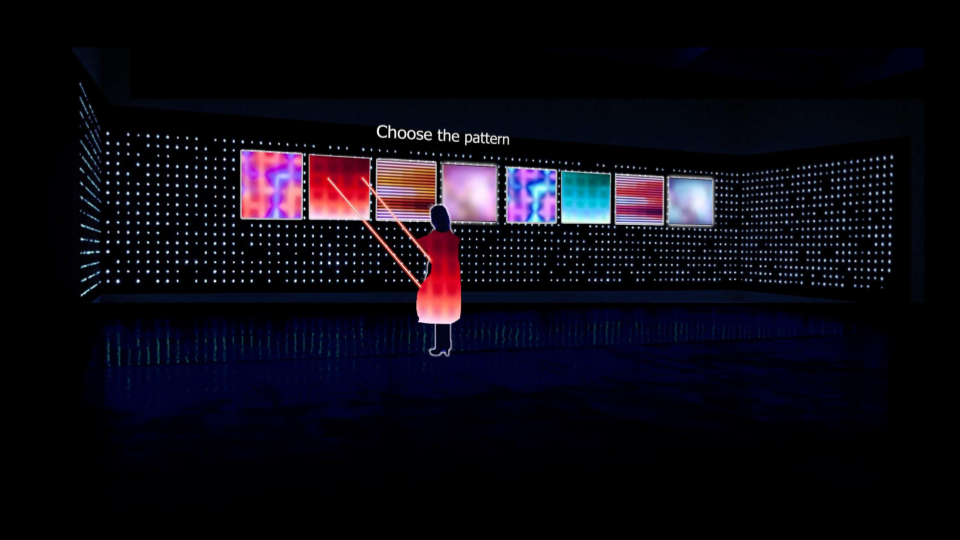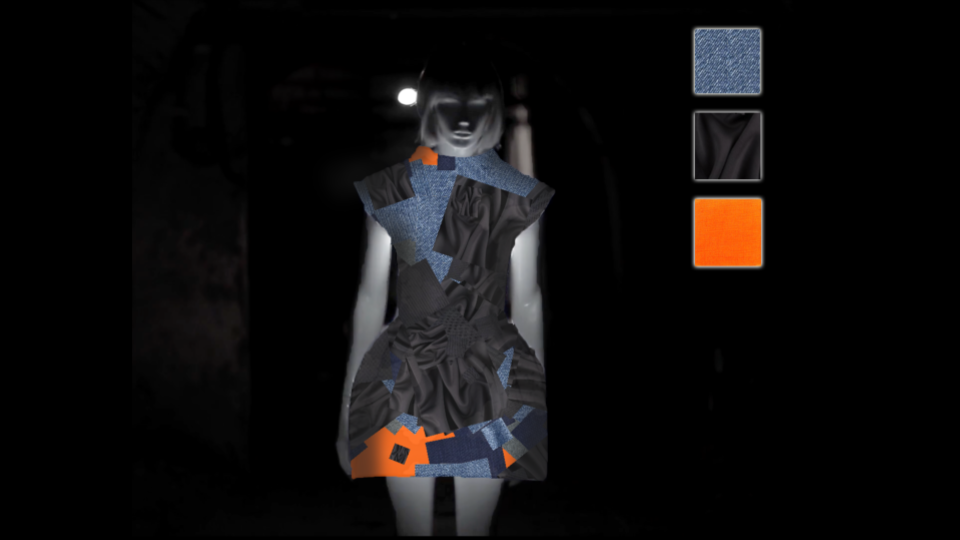upmade

Creating a new digital shopping experience and design process to add new value to second-hand clothing.
UPMADE is a new shopping experience that aims to change the perception of second-hand clothing. It aims to add value to otherwise valueless garments through a new AI-generated aesthetic, with the ability to project the new digital creations onto the customer for trial before the final physical production of the new garment.
The fashion industry creates a lot of waste, but the Earth’s resources are finite. Over 85% of the global fibre production are cotton and polyester, and each year the demand of fabric is approximately 65 million tons. For producing a kilogram of cotton, 20,000 litres of water is consumed, yet in the UK 61% of fabric waste ends up in landfill or incineration after just a single cycle cycle.
People are generally not engaged with the environmental issues around their clothing beyond a superficial level. UPMADE aims to develop a service that encourages people’s participation in the lifecycle of the garments they consume, and close the circular loop for textiles by adding new aesthetic value to garments otherwise destined for landfill.
Project developed in collaboration with Huishan Ma.
Fully functioning prototype of future fashion retail experience using a calibrated camera/projector setup and Processing software.

UPMADE consists of a system that scans, analyses and stores the data of fabrics from second-hand garments, for use as source material for future digital garment creations. It does so by analysing the size and texture of the fabrics using a visual and infrared camera.

Using the system’s gesture recognition, a customer can then choose the fabric types they want to use for their new garment from this database of stored fabrics, and select a computer-generated design made from the digital patterning of these different fabrics.

This design can then be projected onto the user (back and front) as they move around the retail space, and provides a new way of trialling these digital creations. Once the customer is happy with their selection, the system automatically generates the clothing patterns required from the different fabrics to physically construct the garment.
Physically and digitally prototyping initial concepts

